Liyizhe Peng
Customising General Large Language Models for Specialised Emotion Recognition Tasks
Oct 22, 2023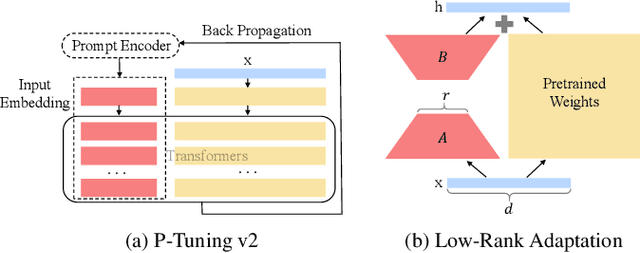
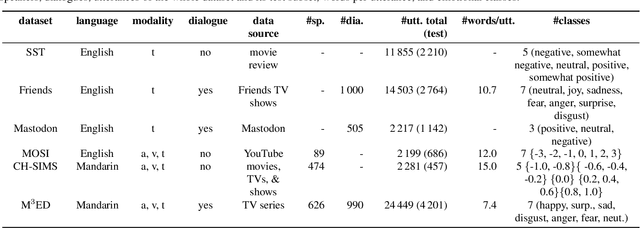
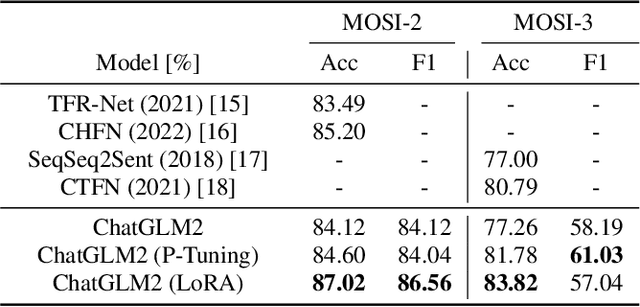
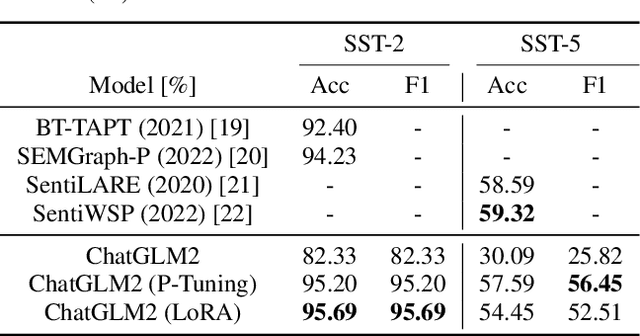
Abstract:The advent of large language models (LLMs) has gained tremendous attention over the past year. Previous studies have shown the astonishing performance of LLMs not only in other tasks but also in emotion recognition in terms of accuracy, universality, explanation, robustness, few/zero-shot learning, and others. Leveraging the capability of LLMs inevitably becomes an essential solution for emotion recognition. To this end, we further comprehensively investigate how LLMs perform in linguistic emotion recognition if we concentrate on this specific task. Specifically, we exemplify a publicly available and widely used LLM -- Chat General Language Model, and customise it for our target by using two different modal adaptation techniques, i.e., deep prompt tuning and low-rank adaptation. The experimental results obtained on six widely used datasets present that the adapted LLM can easily outperform other state-of-the-art but specialised deep models. This indicates the strong transferability and feasibility of LLMs in the field of emotion recognition.
Refashioning Emotion Recognition Modelling: The Advent of Generalised Large Models
Aug 21, 2023

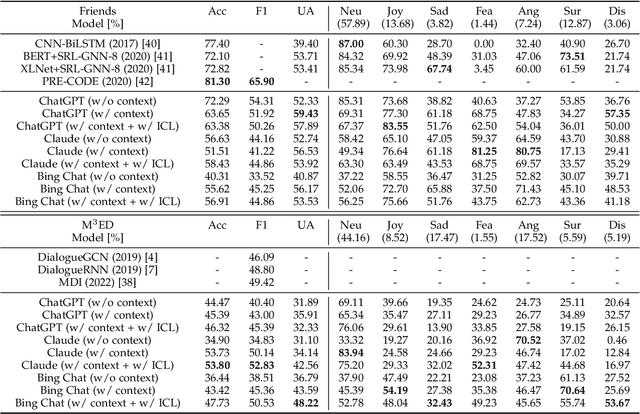
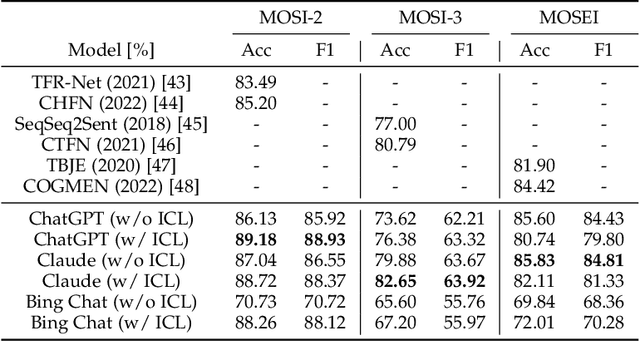
Abstract:After the inception of emotion recognition or affective computing, it has increasingly become an active research topic due to its broad applications. Over the past couple of decades, emotion recognition models have gradually migrated from statistically shallow models to neural network-based deep models, which can significantly boost the performance of emotion recognition models and consistently achieve the best results on different benchmarks. Therefore, in recent years, deep models have always been considered the first option for emotion recognition. However, the debut of large language models (LLMs), such as ChatGPT, has remarkably astonished the world due to their emerged capabilities of zero/few-shot learning, in-context learning, chain-of-thought, and others that are never shown in previous deep models. In the present paper, we comprehensively investigate how the LLMs perform in emotion recognition in terms of diverse aspects, including in-context learning, few-short learning, accuracy, generalisation, and explanation. Moreover, we offer some insights and pose other potential challenges, hoping to ignite broader discussions about enhancing emotion recognition in the new era of advanced and generalised large models.
 Add to Chrome
Add to Chrome Add to Firefox
Add to Firefox Add to Edge
Add to Edge